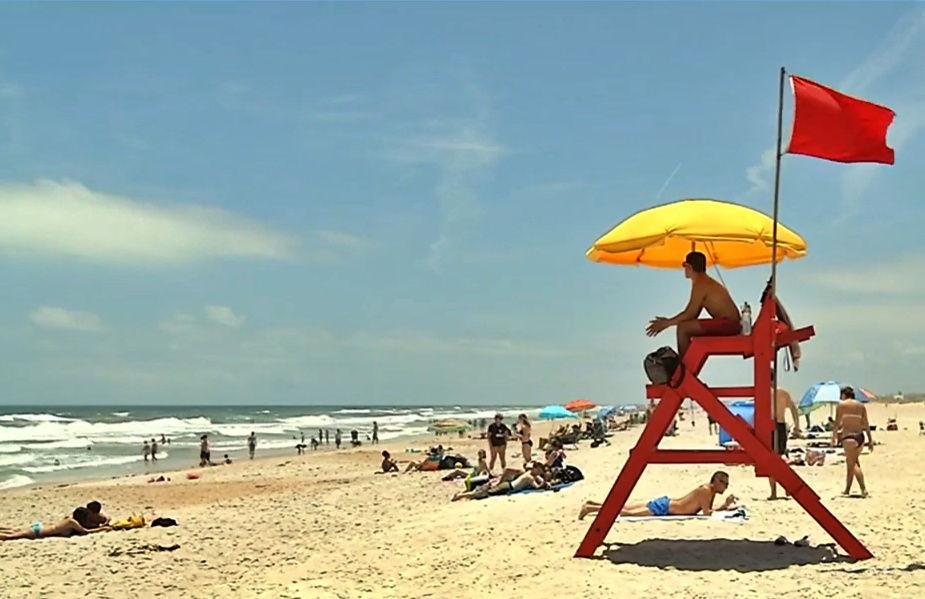With Live Local Act looming, City Commission agrees to explore decrease in density allowances
- Mike Lednovich
- Mar 8, 2024
- 2 min read

Fernandina Beach city commissioners agreed that city staff should make recommendations on lowering the density allowance from 34 residential units an acre in the Central Business District. However, commissioners would not consider changing density for parcels zoned MU-8, which are typically townhouses.
Changes to the density allowance was prompted by Florida's "Live Local Act" which supersedes all local government regulations regarding development. New provisions of the act passed by the Legislature stipulate that: preemption for unit density - Municipalities and counties may not restrict unit density below the municipality’s or county’s “highest currently allowed density.” The word “currently” is added throughout the new bill, to ensure that if maximum density is reduced in the future, Live Local Act projects will continue to receive the current maximum.
"Under Live Local there is a new bill pending to lock in the date where density is calculated. If we want to do anything with Live Local and do something about 34 units an acre built as an affordable housing project somewhere else other than downtown, then you'd have to change the density," explained City Attorney Tammi Bach. "That includes a comprehensive plan amendment and there's no guarantee that it would be done at this juncture by the time the bill is effective which will either by July 1 or the day the bill is signed."
In 2017, the city commission increased density in the Central Business District from 8 units per acre to 34 units. The Central Business District, zoned C-3 in the city’s zoning code, is roughly located between Alachua and Ash Streets and between 8th Street and the Amelia River. Under Live Local, developers could use the 34 units per acre maximum anywhere in the city if changes are not made.
Commissioner Chip Ross, who suggested the density changes, also proposed changing MU-8 density from 18 units an acre to 10 units per acre.
But Commissioner Darron Ayscue, who said he preferred that the Central Business District be more commercial than residential, did not want to change the MU-8 density.
"I still think (MU-8) is good legislation. I still think that's good work the commission did at the time. It still hasn't had a chance to realize its full potential where MU-8 is. Which I think could be very impactful to the 8th Street corridor," Ayscue said. "I'm willing to give staff direction to look into the Comp Plan to change the net density down to 18 which I don't think will be that impactful."
Vice Mayor David Sturges said anyone doing the current density calculations would see that lack of parking availability becomes an issue.
Mayor Bradley Bean said lowering the density wasn't just about the downtown.
"With the Live Local Act, It's about the whole community. We don't want to be in the position where 34 (units) is the marker for around the entire island of what can go. I think lowering it 18 does make sense," he said.
City Planning and Conservation Director Kelly Gibson said the time frame for changes would be having the changes reviewed by the Planning Advisory Board in April, followed by approval of the city commission in May and June.




We have inadequate parking for downtown as it is. Increasing density [business or residential] isn't viable without a multi-level parking garage.